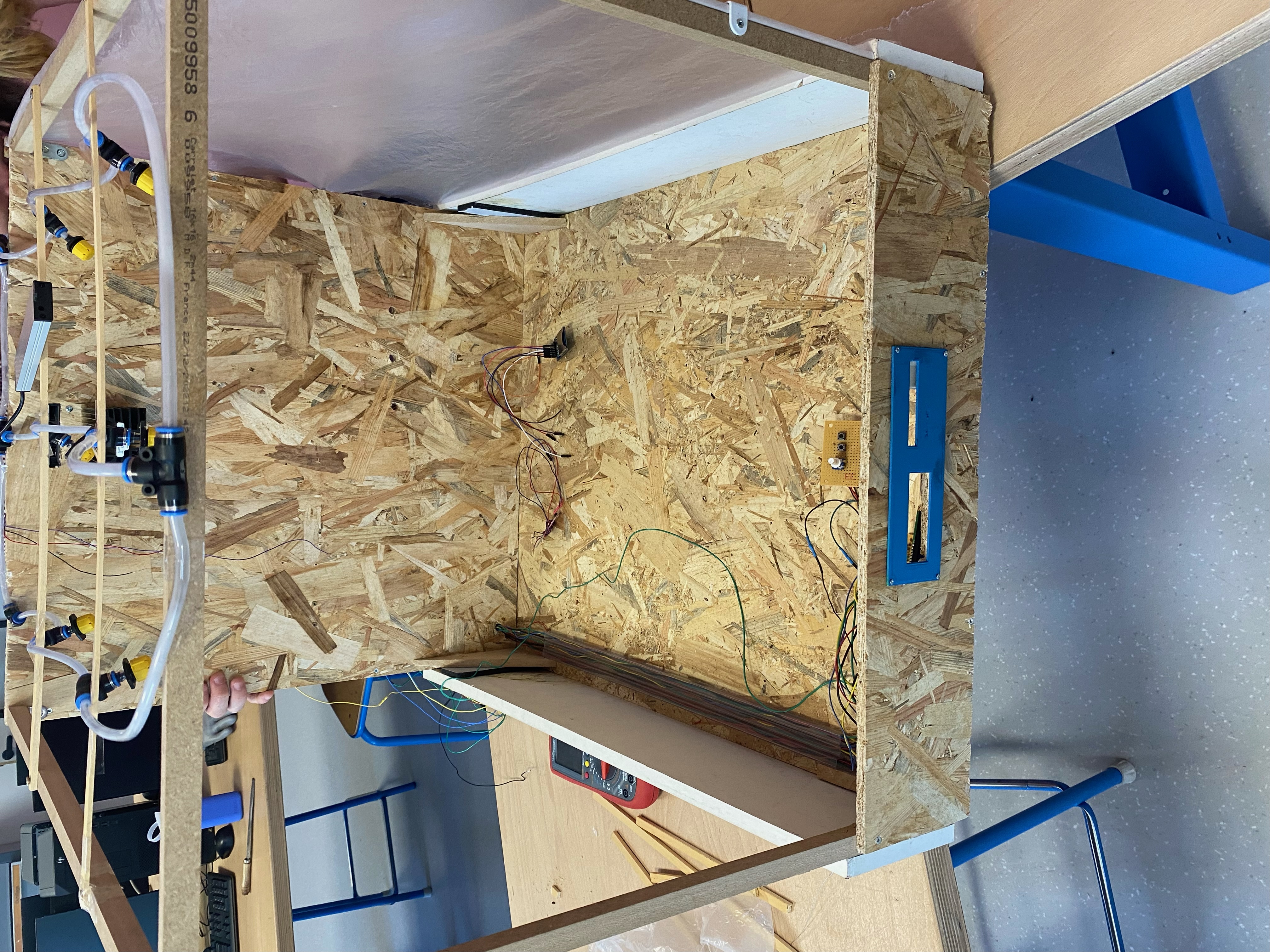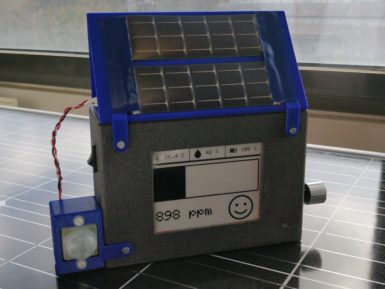
Overview
We've taken the original Circuit Playground Classic and made it even better! Not only did we pack even more sensors in, we also made it even easier to program.
Adafruit Circuit Playground Express is an all-in-one design board featuring a processor, sensors, LEDs, USB, and more, making it an ideal introduction to electronics and programming. Circuit Playground Express currently supports programming via Microsoft MakeCode, a web-based code editor for physical computing.
Using MakeCode's visual block-based editor, or its JavaScript editor, users can build programs to create custom animations, sounds, and use sensor events like "On Shake" to react to external stimulus.
The Circuit Playground Express is based on an ultralow-power SMART SAM L21 Microcontroller, using a 32-bit ARM® Cortex®-M0+ core.
The SAM L21 features sophisticated power management technologies, allowing for very low current consumption.
It can be powered from USB, "AAA" battery pack, or with a Lipoly battery. The round, sensor-packed Circuit Playground Express Board features alligator-clip pads around the edge, making it easy to connect to projects without having to solder.
Built-in USB allows quick connectivity for programming, with no special cables or adapters required.
Get Inspired

Just a simple and enjoyable autonomous greenhouse

Humans are animals and like all animals, we evolved in mostly outdoor conditions where the air is nice and fresh. But modern society keeps most of us indoors the vast majority of the time, which could have negative health effects. There are many potential hazards, including a lack of sunlight and psychological effects, but CO2 may pose a more tangible risk. To keep tabs on that risk within classrooms, a team from Polytech Sorbonne built this small CO2 monitor. This CO2 monitor performs two functions: it shows anyone nearby the CO2 levels in the area and it uploads that data over LoRaWAN to a central hub that can track the levels across many locations. A school could, for example, put one of these CO2 monitors in every classroom. An administrator could then see the CO2 levels in every room in real time, along with historical records. That would alert them to immediate dangers and to long term trends. At the heart of this CO2 monitor is an Arduino MKR WAN 1310 development board, which has built-in LoRa® connectivity. It uses a Seeed Studio Grove CO2, temperature, and humidity sensor to monitor local conditions. To keep power consumption to a minimum, the data displays on an e-ink screen and an Adafruit TPL5110 timer only wakes the device up every ten minutes for an update. Power comes from a lithium-ion battery pack, with a DFRobot solar charger topping up the juice. It uploads data through The Things Network to a PlatformIO web interface. An Edge Impulse machine learning model detects anomalies, so it can sound a warning even if nobody is watching. The enclosure is 3D-printable.









